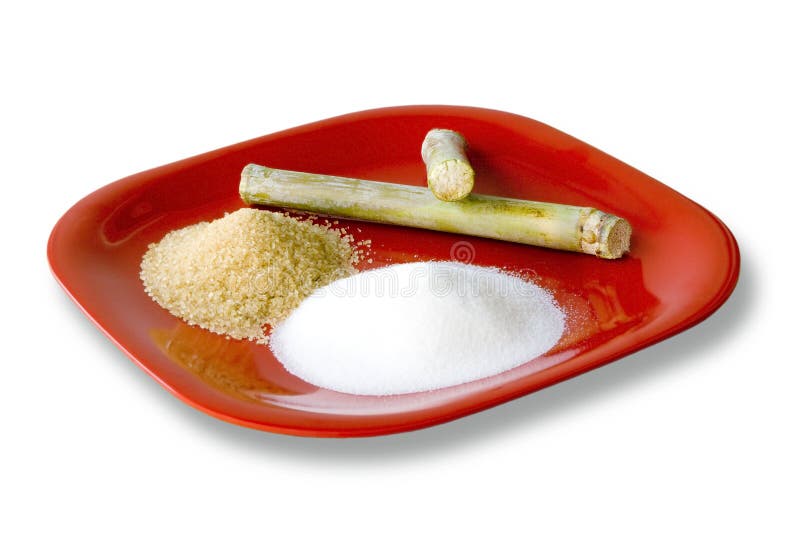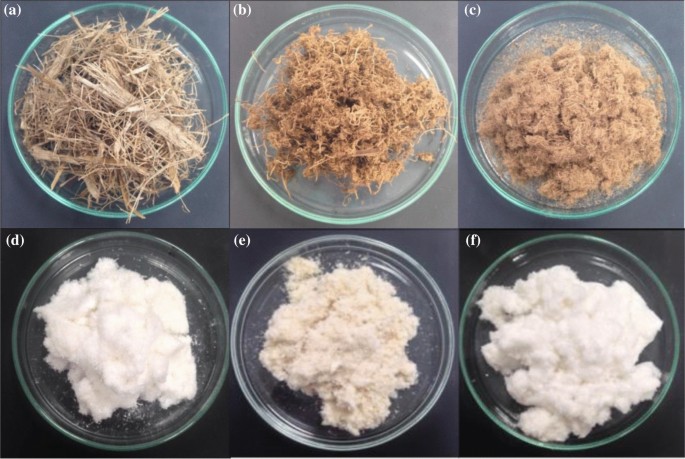From Sugarcane Product to Biofuels: The Diverse Uses of Sugarcane
From Sugarcane Product to Biofuels: The Diverse Uses of Sugarcane
Blog Article
The Trip of Sugarcane: From Harvest to Everyday Products
The trip of sugarcane is a diverse procedure that starts with precise growing and culminates in a variety of products that penetrate our everyday lives. As we discover the numerous elements of sugarcane's trip, its role in sustainability and the broader ramifications for our environment come into sharper focus.
Cultivation of Sugarcane
The cultivation of sugarcane is a critical farming procedure that calls for specific ecological problems and administration methods. Ideal growth happens in tropical and subtropical areas where temperature levels vary between 20 ° C and 32 ° C. Adequate rains or irrigation is necessary, as sugarcane flourishes in moist soil with well-drained problems (sugarcane product). Soil top quality substantially influences return; hence, farmers frequently conduct dirt examinations to identify nutrient demands
Growing normally happens in rows, using stem cuttings referred to as setts, which are grown horizontally. This method facilitates reliable gathering and takes full advantage of sunshine exposure. Plant rotation and intercropping are suggested methods to enhance dirt fertility and lower parasite problems. Additionally, farmers use integrated pest monitoring approaches to lessen chemical inputs while making certain healthy and balanced plant growth.
Timely application of these plant foods can substantially enhance sugar returns. Generally, successful sugarcane growing hinges on a mix of environmental stewardship, critical planning, and recurring administration techniques.
Gathering Techniques
Successful sugarcane farming culminates in the harvesting phase, which is crucial for making best use of yield and making certain high quality. The timing of the harvest is crucial; sugarcane is normally gathered when sucrose degrees peak, normally in between 10 to 18 months after planting. This duration differs based on climate, dirt kind, and sugarcane variety.
Gathering strategies can be broadly categorized right into guidebook and mechanical methods. Hands-on harvesting is labor-intensive, counting on experienced employees that use machetes to cut the stalks close to the ground. This approach permits selective harvesting, where only the ripest walking sticks are picked, thereby enhancing general sugar material.
Alternatively, mechanical harvesting has actually gained popularity because of its effectiveness and cost-effectiveness. Specialized farmers outfitted with reducing blades and conveyor systems can refine large areas rapidly, substantially lowering labor prices. However, this approach may lead to the inclusion of immature canes and a potential decrease in sugar quality.

No matter of the technique utilized, guaranteeing that harvested canes are moved swiftly to refining facilities is important. Prompt taking care of lessens wasting and preserves the honesty of the sugarcane, establishing the stage for optimal handling.
Processing Methods
Handling sugarcane includes several essential actions that transform the collected stalks into usable items, mainly sugar and molasses. The initial phase is washing the walking cane to eliminate soil and particles, followed by the extraction of juice with crushing or milling. This procedure normally employs hefty rollers that break the walking cane fibers to release the pleasant liquid had within.
When the juice is extracted, it goes through clarification, where contaminations such as soil bits and bagasse are removed. This is usually accomplished by including lime and heating the juice, permitting sedimentation. The clarified juice is after that focused with dissipation, where water content is minimized, resulting in a thick syrup.

Ultimately, the processing of sugarcane not just produces sugar and molasses but likewise lays the foundation for various derivatives, which will certainly be discovered in subsequent discussions.
Products Derived From Sugarcane
Sugarcane is a flexible plant that generates a wide range of items past simply sugar and molasses. Among the primary spin-offs are ethanol and biofuels, which have actually obtained prestige as renewable energy sources. Ethanol, created with the fermentation of sugarcane juice, functions as a different to nonrenewable fuel sources and is typically mixed with fuel to develop cleaner-burning gas, lowering greenhouse gas exhausts.
Additionally, sugarcane is a significant source of bagasse, the fibrous residue remaining after juice extraction. Bagasse is utilized in various applications, including the production of paper, biodegradable packaging, and as a biomass fuel for power generation. Its usage not just lowers waste yet additionally boosts the sustainability of sugarcane handling.
Moreover, sugarcane-derived products reach the food sector, where it acts as a natural flavoring representative and sweetener in various cooking applications. In the world of cosmetics, sugarcane extracts are incorporated right into skincare products as a result of their natural exfoliating homes.
Environmental Influence and Sustainability
The growing and processing of look at this now sugarcane have substantial ramifications for environmental sustainability. This plant requires significant water sources, frequently bring about depletion of neighborhood water materials and influencing surrounding ecosystems. In addition, making use of plant foods and pesticides in sugarcane farming can cause soil destruction and waterway air pollution, positioning dangers to biodiversity.

Sustainable sugarcane farming likewise advertises dirt health with plant turning and reduced tillage, improving carbon sequestration. The fostering of these practices not only supports ecological integrity however likewise boosts the resilience of farming neighborhoods versus environment adjustment.
Conclusion
In summary, the journey of sugarcane includes numerous phases from farming to processing, ultimately leading to a large variety of items. The value of sugarcane extends beyond mere sweeteners, contributing to renewable resource with ethanol manufacturing, lasting product packaging by means of bagasse, and all-natural removes for cosmetics. This complex plant plays a crucial role in both nutritional enrichment and ecological sustainability, highlighting its relevance in modern farming and commercial get more techniques.
Effective sugarcane growing culminates in the gathering phase, which is essential for optimizing return and check this site out making sure high quality. The timing of the harvest is vital; sugarcane is normally gathered when sucrose levels top, usually between 10 to 18 months after growing.Handling sugarcane includes several critical actions that change the gathered stalks into usable items, mostly sugar and molasses.Sugarcane is a flexible crop that generates a large range of products past just sugar and molasses. Additionally, the usage of plant foods and pesticides in sugarcane farming can result in dirt deterioration and waterway air pollution, presenting dangers to biodiversity.
Report this page